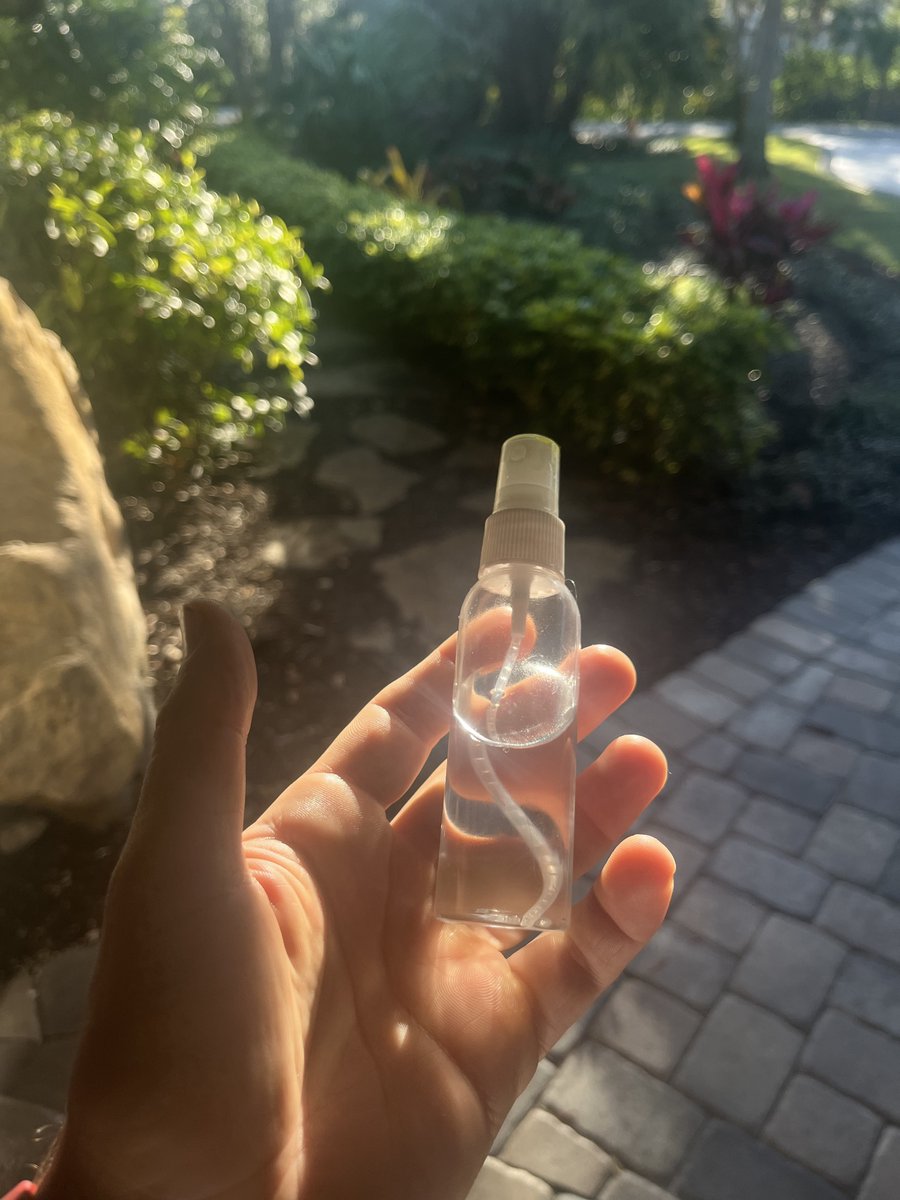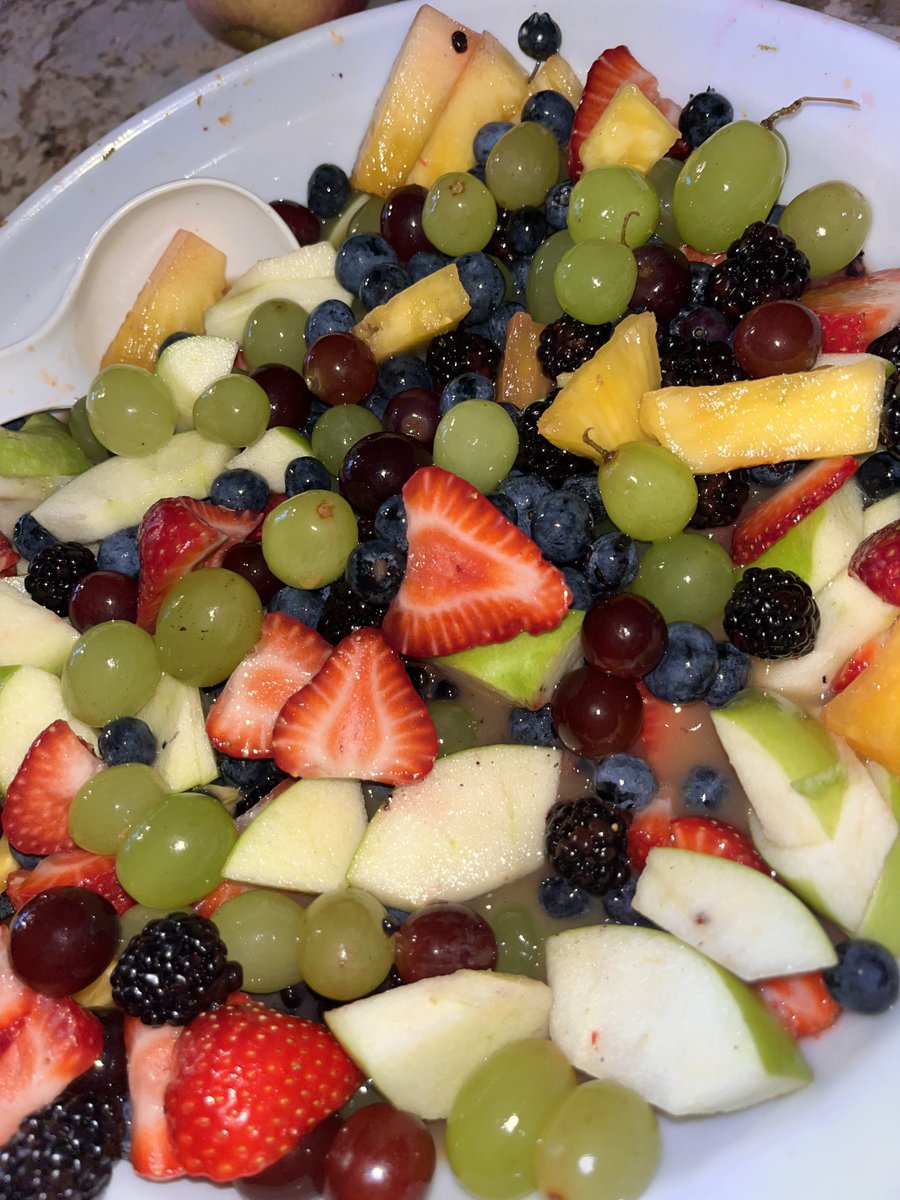This is my go-to ground beef concoction.
- Supercharged with nutrients
- Delicious
- Easy to make
The more satiating your food, the more likely you'll stick to it
(ingredients below)
- Supercharged with nutrients
- Delicious
- Easy to make
The more satiating your food, the more likely you'll stick to it
(ingredients below)

Healthy food is supposed to taste good. Our body put a lot of evolutionary xp points into fine tuning our taste buds.
You've been psyopped to believe that healthy food has to taste bitter, stale & dry
You've been psyopped to believe that healthy food has to taste bitter, stale & dry
Kale tastes like cardboard dipped in battery acid for a reason. Your tongue is sensing anti-nutrients like phytic acid & telling you to stay away.
Anyway, i digress. Here's what I usually put in my ground beef:
Anyway, i digress. Here's what I usually put in my ground beef:
1. Gelatin
Gelatin gives beef a sturdier consistency but more importantly balances the amino acid profile of the meal.
Muscle meat contains higher amounts of amino acids like tryptophan, methionine & cystine, which, when imbalanced with other amino acids, can be pro-inflammatory
Gelatin gives beef a sturdier consistency but more importantly balances the amino acid profile of the meal.
Muscle meat contains higher amounts of amino acids like tryptophan, methionine & cystine, which, when imbalanced with other amino acids, can be pro-inflammatory

Including gelatin balances those AA's out with glycine, proline & hydroxyproline.
This is the same reason I cook my rice in bone broth & am a fan of quality collagen supplements
This is the same reason I cook my rice in bone broth & am a fan of quality collagen supplements
I also make an aioli-like concoction that adds some consistency & flavor to the meat:
- Olive oil
- Onion
- Shallot
- Jalapeño
- Garlic
- Rosemary
- Cilantro
I throw it in a food processor & mix in the meat. I also use it as a topping
- Olive oil
- Onion
- Shallot
- Jalapeño
- Garlic
- Rosemary
- Cilantro
I throw it in a food processor & mix in the meat. I also use it as a topping
When I don't trust my meat source, I opt for leaner cuts. Animals, like humans, store toxins in their fat. Especially in monogastric animals (chicken & pork)
When it comes to ruminants (beef, lamb, bison), they're able to saturate PUFAs from their diet, so I'm not as concerned
When it comes to ruminants (beef, lamb, bison), they're able to saturate PUFAs from their diet, so I'm not as concerned
BUT, I still air on the side of caution. When I get lean cuts, I will resaturate the meat with more trustworthy fats:
- Real olive oil
- Coconut oil
- Tallow
- Ghee
Its easier to find these in quality source & they're shelf stable (because they're saturated)
- Real olive oil
- Coconut oil
- Tallow
- Ghee
Its easier to find these in quality source & they're shelf stable (because they're saturated)
As for spices, I go wild
- Cayenne
- Paprika
- Cumin
- Chili powder
Quality Worcestershire sauce is a great umami addition
I'll also add egg yolks. It improves consistency but more importantly loads me up with choline
- Cayenne
- Paprika
- Cumin
- Chili powder
Quality Worcestershire sauce is a great umami addition
I'll also add egg yolks. It improves consistency but more importantly loads me up with choline
I typically cook on cast iron or carbon steel. I'll turn them into patties to get a nice sear then break them apart into crumbles
Usually serve with some veggies, sesame seeds & some form of homemade salsa
Usually serve with some veggies, sesame seeds & some form of homemade salsa

This may seem tedious or meticulous, but its the opposite.
I don't measure anything, don't follow any recipes. Just throw stuff in a bowl & roll with it
I enjoy cooking & quality food. This takes like 30 minutes to make tops & is satiating to the nth degree
I don't measure anything, don't follow any recipes. Just throw stuff in a bowl & roll with it
I enjoy cooking & quality food. This takes like 30 minutes to make tops & is satiating to the nth degree
Cooking is art more than science. Unlike other artforms it also serves utility
Most importantly its justification for adults to play with knives & fire
Healthy food tastes good. I'll keep saying that until its burned into your heads
Godspeed
Most importantly its justification for adults to play with knives & fire
Healthy food tastes good. I'll keep saying that until its burned into your heads
Godspeed
• • •
Missing some Tweet in this thread? You can try to
force a refresh

 Read on Twitter
Read on Twitter









